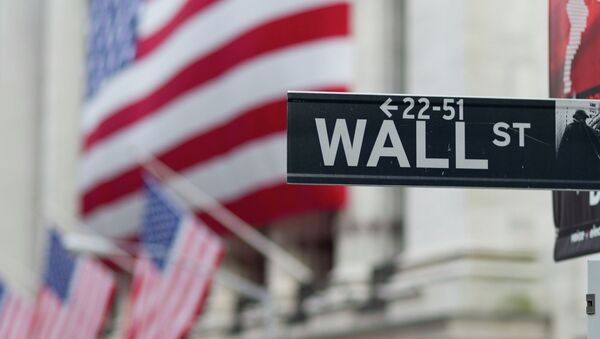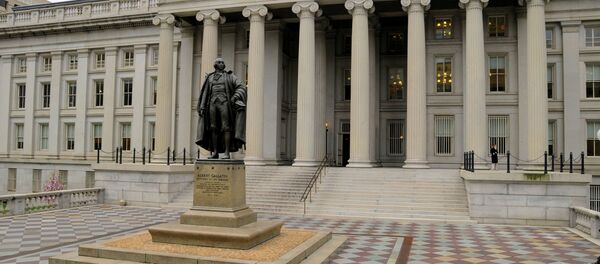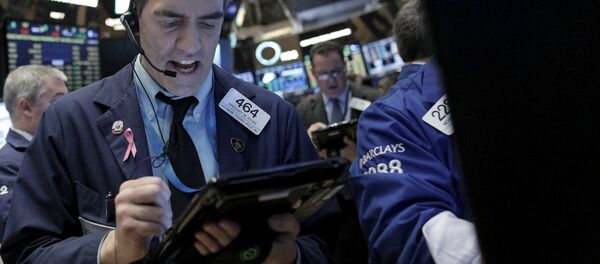As the global economy struggles amid slow, inadequate expansion, with demand for manufactured good s and raw materials at a multi-year low and weak inflation across the advanced economies, the risk of a new recession has prompted wider speculation. The latest developments in the US, including the Third Avenue crash in high-yield debt (which was prompted by plunging oil prices), a prominent decline in the stock market and a slowdown in GDP expansion, have stirred a debate about whether the rather high level of corporate indebtedness might trigger a capsizing of the entire economy.
The total volume of corporate bonds reached a record high in January at $29 trln, according to S&P data, although that is hardly a major concern by itself, as multinationals are usually sustainable enough to serve their obligations, while the robust expansion in bonds dealing provides substantial support to the broader financial market and the overall economy. The risk is, while US corporate earnings are being slashed by the dollar's FX rate strength, on the ond hand, and international economic deceleration on the other, the debt-to-earnings ratio in the corporate sector is rising, undermining the very stability of the entire structure.
In 2003, the corporate debt-to-earnings ratio stood at 2.7%, according to S&P Capital and S&P Ratings data; currently it is at 3.0%, its 12-year highest. In 2009, when the subprime crisis went international, the figure stood at 2.9%, meaning the current global turmoil, albeit hardly tantamount to economic disaster, is nevertheless having a greater impact on global financial stability than a regular crisis.
Downgrades in credit ratings are another concern, as most recently the number of downgrades performed by international rating agencies reached its highest since 2009, meaning the debt-fueled post-crisis recovery was not a wise strategy for the corporate sector overall. Debt imbursement helped companies achieve short-to-mid-term performance targets, but in the longer run, given the risks that emerged, it has put corporations in jeopardy.
Additionally, as corporate earnings faded, bond investors lost 0.2% on their portfolios in 2015 after average gains of 7.9% in 2009-2014.
Newly-issued bonds are hard to sell in such an environment, meaning debt imbursement strategies might eventually be abandoned by market participants. In January 2016, some $333 bln worth of new bonds were issued, the least since 2005, while in January 2009 some $450 bln worth of bonds were put out in the market, and in January 2013 the figure reached $480 bln.
"The world is not as rich as it thought it was," Eden Riche of the London branch of ING Bank NV said. "There are a number of factors coming together all at once — deflating global asset bubbles, the collapse in the commodity market, China's slowdown, and concerns that the Federal Reserve will raise rates too quickly. It's created the perfect storm."
While either base interest rates are rising higher, as in the US, or there are clearly communicated plans to hike rates, as in Britain, the overall credit-fueled expansion might soon be over. Many prominent economies, including those of the US, the US and China, have taken considerable effort to remodel their structure in favor of a domestically-driven consumption based model: the example of manufacturing-reliant Germany is another particular case.
Even though most economies have developed an addiction to monetary stimulus during the post-2009 recovery, with central banks printing liquidity and supporting demand for bonds buying those out, the tough transformation has started, as the sustainability of a stimulus-driven economy has proven to be low.





